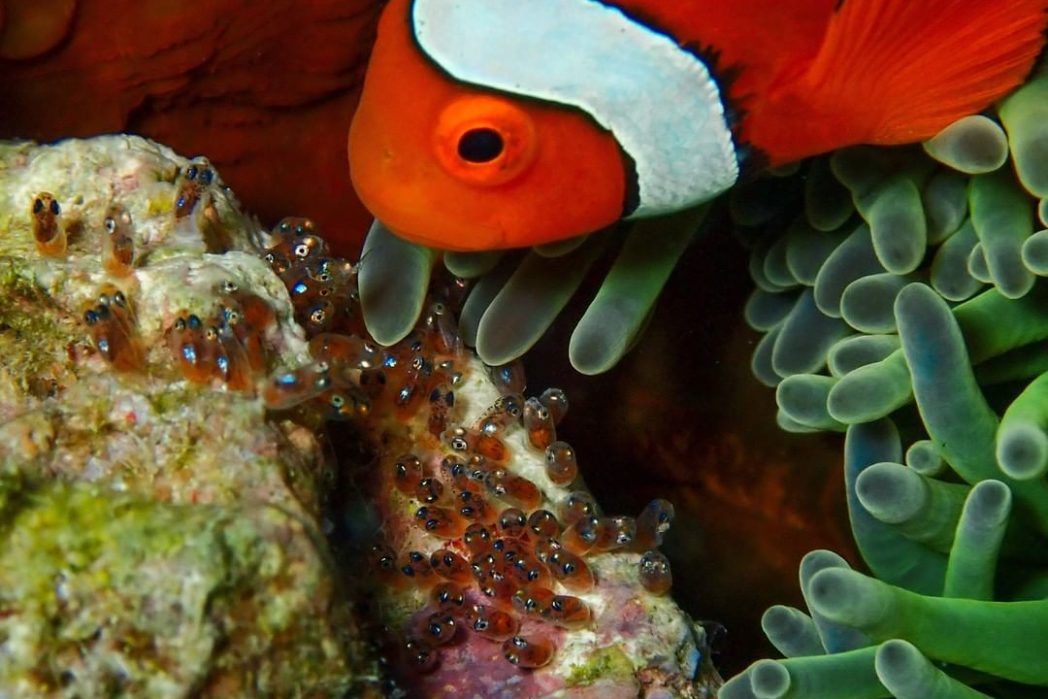Class clown: 10 fascinating clownfish facts you never knew
List
By Alessia Castiglione
Fact: clownfish are curious creatures. If you’ve ever dunked your head underwater on a reef you might have noticed their interesting behaviour in relation to other fish and plant life – all part of the incredible ecosystem of the Great Barrier Reef in Queensland.
Discover why they are the smartest, most survivor-oriented group of fish in the Reef with our top 10 clownfish facts.
1. They’re included in the Great Barrier Reef’s “Great Eight”, an exclusive group reserved only for manta rays, giant cod, potato cod, Maori wrasse, sharks, turtles, whales and… the mighty clown fish. They’re up against some heavyweights in the marine life category, but they hold their own as the only small fish.
You can see the majority of the Great Eight on the Hastings, Saxon and Norman Reefs, but if you’re an avid fan of completing lists, read more on how to see them all here.
2. Female clownfish are the dominant sex of the species and are actually larger than males. When there are more than two clownfish in one anemone, the largest is female, the second largest is male and the rest are normally non-functional males.

3. Clownfish are a protandrous hermaphrodite – if the female clownfish dies, the male will change its sex to female and stay female for the rest of its life.
4. Clownfish are aggressively territorial of their anemone, and have a symbiotic relationship with it. They will protect their home from prying fish that like to eat anemone tentacles. The anemone venom protects the clownfish from their predators, and the clownfish are protected from anemone stings by their mucus.
5. Clownfish love a bit of housework. They meticulously clean a spot near the anemone’s base (as it’s more protected) right before the female lays her eggs.

Photo by @dreamtimecairns
6. Like penguins, male clownfish look after the fertilised eggs. They’ll spend their time gently fanning the eggs to move them around, ensuring that each one gets enough oxygen.
7. Once hatched, baby clownfish will drift with the tide alongside plankton until they find their own anemone to care for.
8.You can go clownfish spotting all year round – the best places to see them are in the reefs surrounding Magnetic Island, Lady Musgrave Island, Green Island, the Whitsunday Islands and Heron Island.

Photo by @snorkeldownunder
9. Clownfish can’t survive without their host anemone, and it’s hard for younger clownfish to find one to stick around in. Often they’ll be chased out by the existing hierarchy and will be forced to find another one for shelter.
10. Of the 1000 anemone species that exist, only 10 are suitable for clownfish – which is why it’s imperative we all do our part to help protect these incredible animals and plants of the sea. This includes engaging with eco-friendly travel experiences, reducing single use plastics, being the eyes and ears of the Reef by downloading the Eye on the Reef app, and brushing up on your knowledge by joining Citizens of the Great Barrier Reef.
